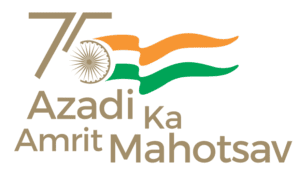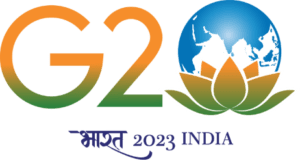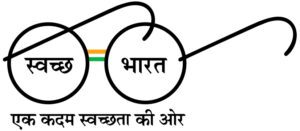Facilities
Management Education in India has undergone considerable change over the years. The launch of the first two IIMs in Calcutta and Ahmadabad in 1961 marked the beginning of a revolution in management education. In the 70s and 80s the demand for management education grew at a modest rate. The advent of economic liberalization in India in the mid-80s gave a new thrust to management education. Several PGDM granting institutions came up in the private sector by offering two-year Post Graduate Diploma in Management during 1990s and 2000s, the proliferation of Institutions providing Management Education continued unabated fueled by an unprecedented growth of the Indian economy. Enrollments in PGDM programs have increased over the years from 2011-12.
Globally, there are over 13000 Business Schools and India alone is having one third of them, indicating substantial quantitative growth of management education. At the same time, there is dire need to enhance their quality and raise the bar to meet the international standards. In this fast disruptive digital economy world, high-quality management education is essential for India. Use of technology is one of the powerful ways to enhance the students’ ability to meet the ever- changing requirements of the corporate world and society. PGDM students are equipped to work across Time Zones, Languages, and Cultures. Employ-ability, Innovation, Theory to Practice contentedness are the central focus of PGDM curriculum design and development.The core curriculum is designed to give students an in-depth mastery of the academic disciplines and applied functional areas necessary to every non-business and business leader’s success. TIAS(CDL) has all the the entire Infrastructure in place.




